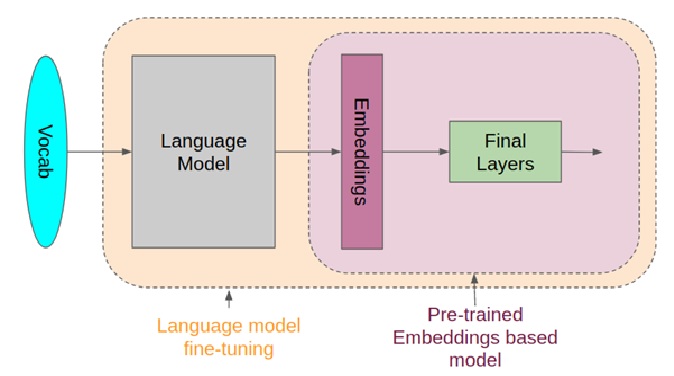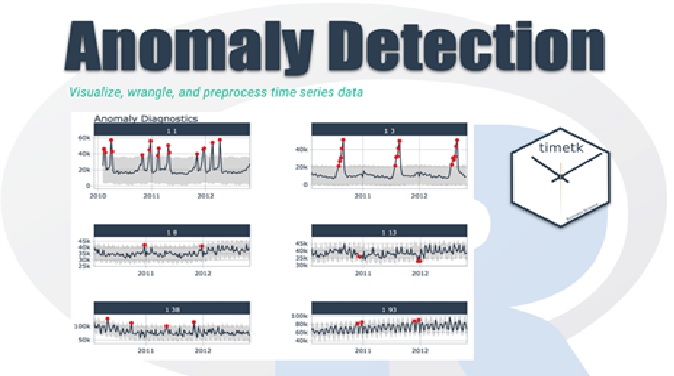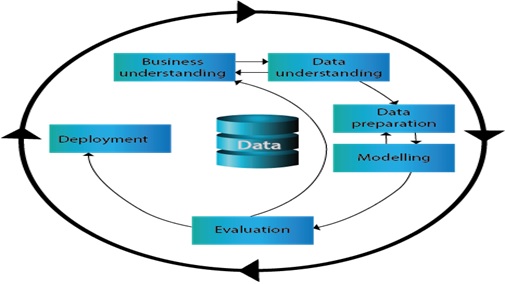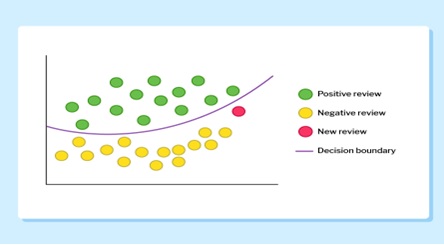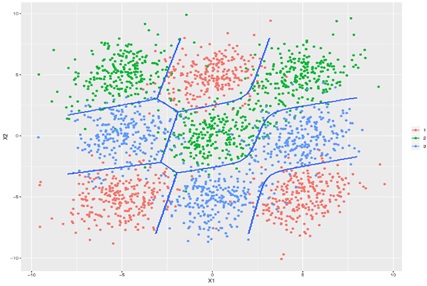Neuromorphic Sensors
Neuromorphic sensors attempt to mimic the sensing and early visual-processing characteristics of living organisms. The objective of these sensors is to help reduce the computational load required for visual perception by extracting only information relevant to the post-processing stages. [1]

Figure 1. Neuromorphic Sensors
Neuromorphic Sensors is shown in figure 1. Neuromorphic sensors are sensors that are designed to mimic the way the brain processes sensory information. These sensors can be used in applications such as robotics, autonomous vehicles, and environmental monitoring.
The future of neuromorphic computing:
Recent progress in neuromorphic research is attributed in part to the widespread and increasing use of AI, machine learning, neural networks and deep neural network architectures in consumer and enterprise technology. It can also be attributed to the perceived end of Moore's law among many IT experts.
Moore's Law states that the number of transistors that can be placed on a microchip will double every two years, with the cost staying the same. However, experts forecast that the end of Moore's Law is imminent. Given that, neuromorphic computing's promise to circumvent traditional architectures and achieve new levels of efficiency has drawn attention from chip manufacturers.[2]
Advantges of Neuromorphic Sensors:
Neuromorphic sensors are sensors that are designed to mimic the biological processes of the human nervous system. They are capable of processing large amounts of data in real-time, and they have several advantages over traditional sensors in data science. Some of the advantages of neuromorphic sensors in data science include:
- Energy efficiency
- Real-time data processing
- Reduced data transfer
- Higher accuracy
- Adaptive learning
In conclusion, Neuromorphic Sensors are a promising technology that mimics the biological processes of the human nervous system to process and analyze large amounts of data in real-time. They offer several advantages over traditional sensors in data science, including energy efficiency, real-time data processing, reduced data transfer, higher accuracy, and adaptive learning. Neuromorphic sensors are expected to play an increasingly important role in the development of new technologies and applications, such as robotics, autonomous vehicles, medical imaging, and predictive maintenance. As research and development continue in this field, we can expect to see more advancements and innovations in the future.
References:
- https://www.sciencedirect.com/science/article/abs/pii/0924424796012770
- https://www.techtarget.com/searchenterpriseai/definition/neuromorphic-computing
Cite this article:
Gokula Nandhini K (2023), Neuromorphic Sensors, AnaTechMaz, pp.63




